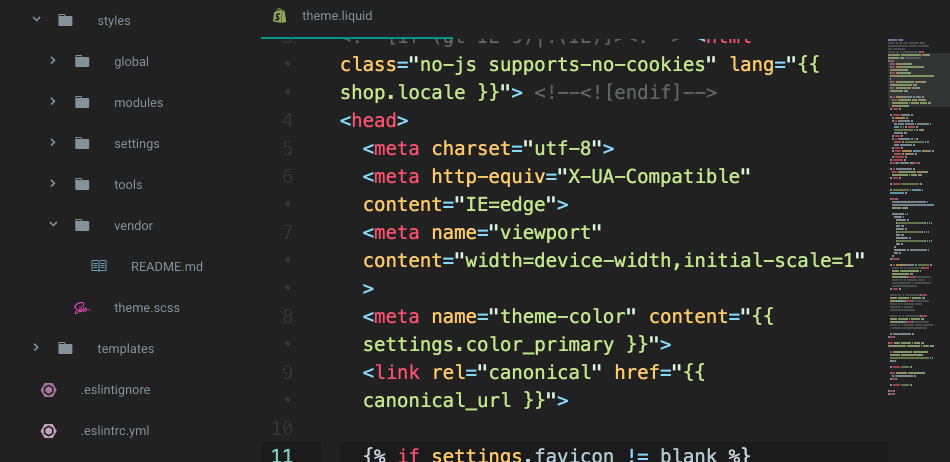

Shuffle the 32-bit or 64-bit vector elements of one input operand. On the AMD Jaguar processor architecture, this instruction with a memory source operand takes more than 300 clock cycles when the mask is zero, in which case the instruction should do nothing. Alternatively, conditionally writes any number of elements from a SIMD vector register operand to a vector memory operand, leaving the remaining elements of the memory operand unchanged. The other half of the destination is unchanged.Įxtracts either the lower half or the upper half of a 256-bit YMM register and copies the value to a 128-bit destination operand.Ĭonditionally reads any number of elements from a SIMD vector memory operand into a destination register, leaving the remaining vector elements unread and setting the corresponding elements in the destination register to zero. Replaces either the lower half or the upper half of a 256-bit YMM register with the value of a 128-bit source operand. VBROADCASTSS, VBROADCASTSD, VBROADCASTF128Ĭopy a 32-bit, 64-bit or 128-bit memory operand to all elements of a XMM or YMM vector register. These AVX instructions are in addition to the ones that are 256-bit extensions of the legacy 128-bit SSE instructions most are usable on both 128-bit and 256-bit operands.
#Atom command e code#
The 128-bit versions can be useful to improve old code without needing to widen the vectorization, and avoid the penalty of going from SSE to AVX, they are also faster on some early AMD implementations of AVX. The AVX instructions support both 128-bit and 256-bit SIMD.

The VEX prefix can also be used on the legacy SSE instructions giving them a three-operand form, and making them interact more efficiently with AVX instructions without the need for VZEROUPPER and VZEROALL. The new VEX coding scheme introduces a new set of code prefixes that extends the opcode space, allows instructions to have more than two operands, and allows SIMD vector registers to be longer than 128 bits.

Notably, the VMOVDQA instruction still requires its memory operand to be aligned. Unlike their non-VEX coded counterparts, most VEX coded vector instructions no longer require their memory operands to be aligned to the vector size. The alignment requirement of SIMD memory operands is relaxed. VEX coding is also used for instructions operating on the k0-k7 mask registers that were introduced with AVX-512. It was later used for coding new instructions on general purpose registers in later extensions, such as BMI. Originally, AVX's three-operand format was limited to the instructions with SIMD operands (YMM), and did not include instructions with general purpose registers (e.g. For example, an SSE instruction using the conventional two-operand form a ← a + b can now use a non-destructive three-operand form c ← a + b, preserving both source operands. The legacy SSE instructions can be still utilized via the VEX prefix to operate on the lower 128 bits of the YMM registers.ĪVX-512 register scheme as extension from the AVX (YMM0-YMM15) and SSE (XMM0-XMM15) registersĪVX introduces a three-operand SIMD instruction format called VEX coding scheme, where the destination register is distinct from the two source operands. The width of the SIMD registers is increased from 128 bits to 256 bits, and renamed from XMM0–XMM7 to YMM0–YMM7 (in x86-64 mode, from XMM0–XMM15 to YMM0–YMM15). four 64-bit double-precision floating point numbers.eight 32-bit single-precision floating point numbers or.Each YMM register can hold and do simultaneous operations (math) on: In conventional processors, AVX-512 was introduced with Skylake server and HEDT processors in 2017.ĪVX uses sixteen YMM registers to perform a single instruction on multiple pieces of data (see SIMD). They were first supported by Intel with the Haswell processor, which shipped in 2013.ĪVX-512 expands AVX to 512-bit support using a new EVEX prefix encoding proposed by Intel in July 2013 and first supported by Intel with the Knights Landing co-processor, which shipped in 2016. AVX provides new features, new instructions and a new coding scheme.ĪVX2 (also known as Haswell New Instructions) expands most integer commands to 256 bits and introduces new instructions. They were proposed by Intel in March 2008 and first supported by Intel with the Sandy Bridge processor shipping in Q1 2011 and later by AMD with the Bulldozer processor shipping in Q3 2011. Extensions to the x86 instruction set architecture for microprocessors from Intel and AMDĪdvanced Vector Extensions ( AVX) are extensions to the x86 instruction set architecture for microprocessors from Intel and Advanced Micro Devices (AMD).


 0 kommentar(er)
0 kommentar(er)
